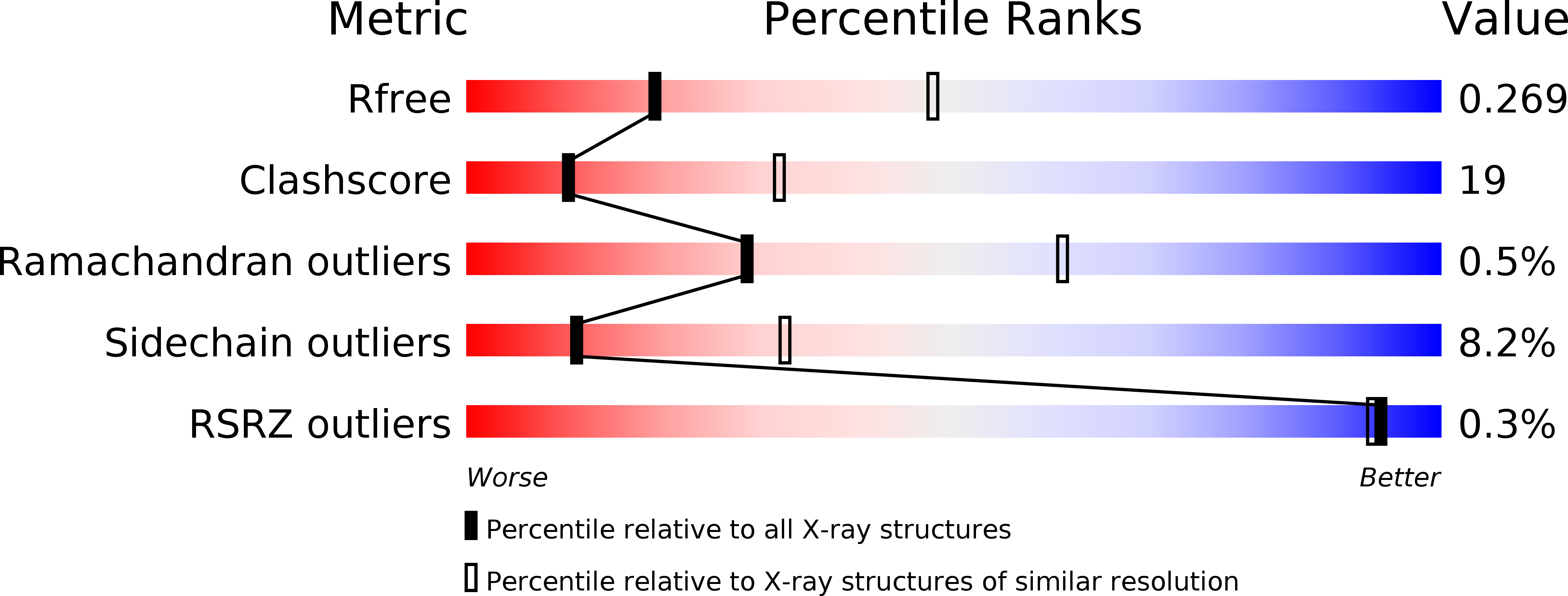
Deposition Date
2010-02-11
Release Date
2010-09-15
Last Version Date
2023-11-01
Entry Detail
PDB ID:
3LRJ
Keywords:
Title:
Crystal structure of 3,4-Dihydroxy-2-butanone 4-phosphate synthase in complex with sulfate ion.
Biological Source:
Source Organism:
Salmonella typhimurium (Taxon ID: 90371)
Host Organism:
Method Details:
Experimental Method:
Resolution:
2.80 Å
R-Value Free:
0.27
R-Value Work:
0.20
R-Value Observed:
0.21
Space Group:
P 1


